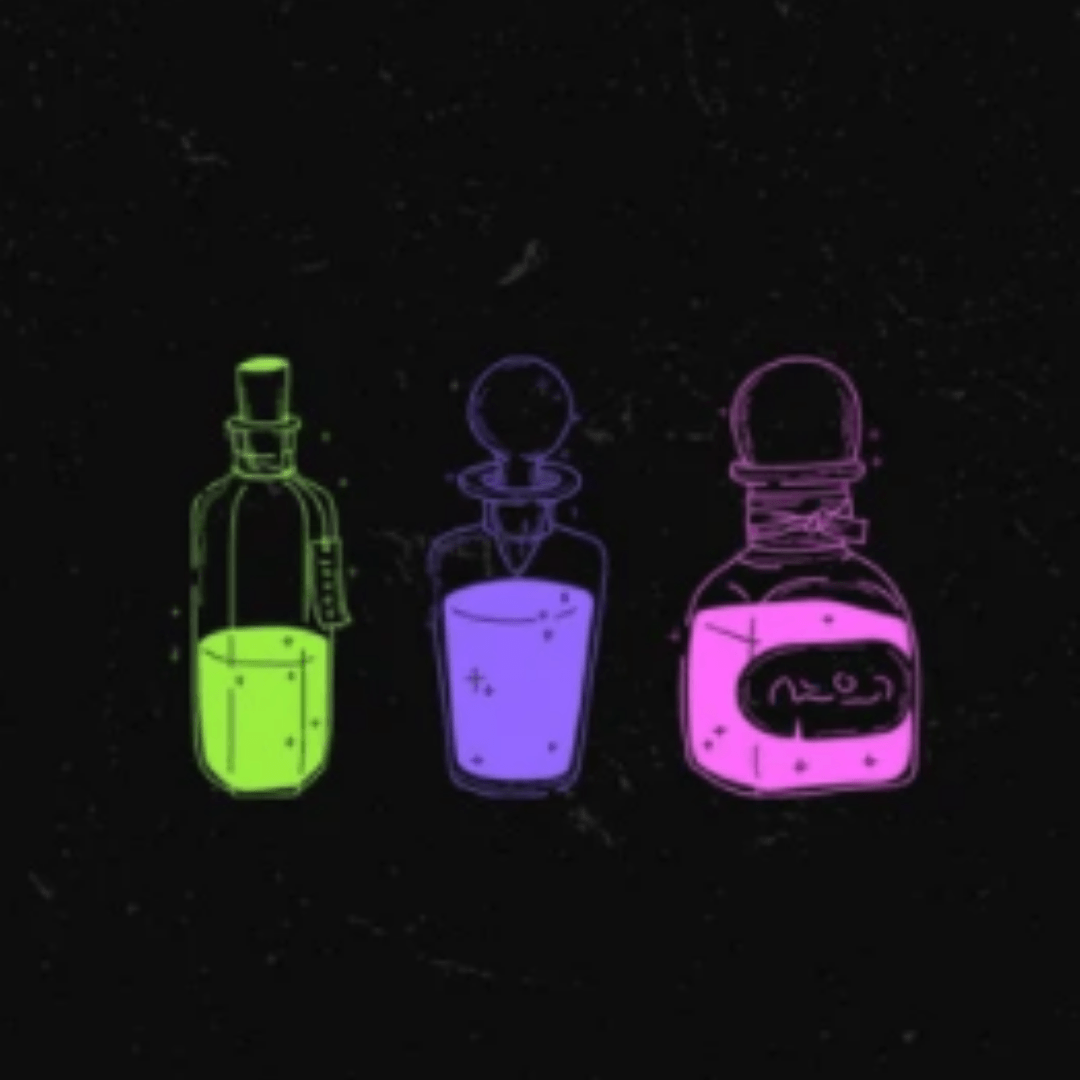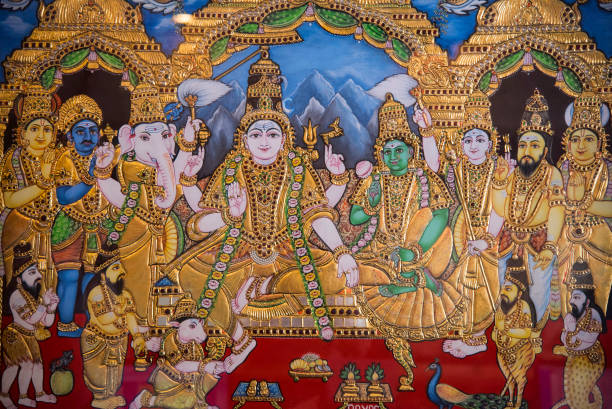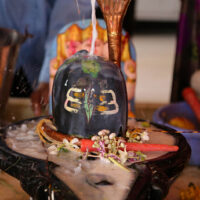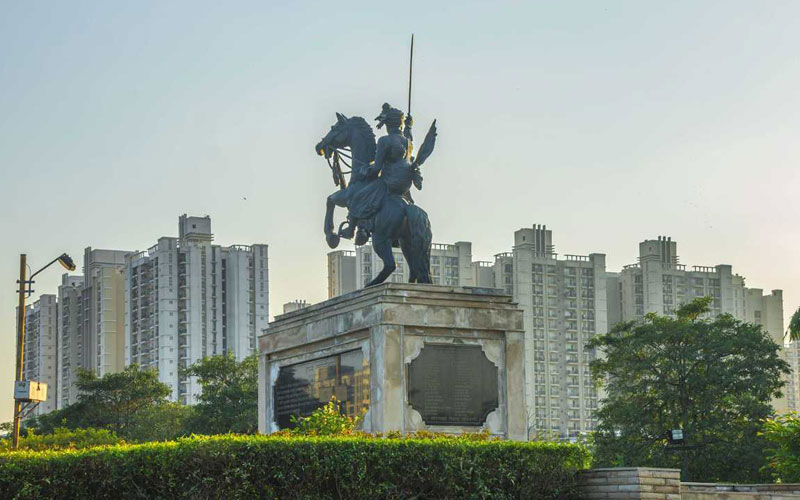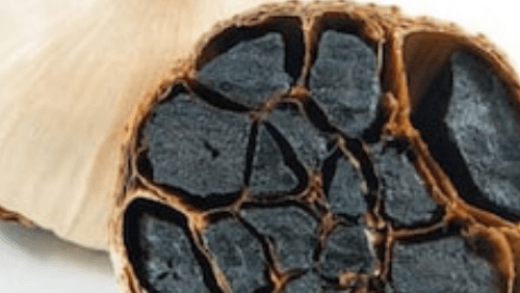You might have heard of many words that can make you feel upset in normal life. One among them may sound crazy but is factful i.e. “ ye nahi chalega”, for either a ten or hundred rupees damaged note. Note refund Rule
A torn note may lose its value lookswise. But is still the one having a political value with some partisan message written over it. This message is an indication helping to call the note a legal one.
But did you know that these damaged notes or the Indian currency can be exchanged from the bank? A person can return a damaged, intentionally cut, altered, torn, or fiddled note to RBI bank to get a new one as a return without being rejected.
These are the rights provided by important legislation passed in 2009 by RBI, to make this act applicable for Indian citizens. As per these rules, branches of all the banks should mandatorily display a panel that can provide the imperfect, mutilated or spoiled coins and notes exchange facility for general citizens. Let us learn more about this policy in detail.
About the Note refund” Rule 2009 of RBI?
Under some important sections that abide by rules of bank and currency development, RBI has been prolonging convineance for people to replace mutilated or spoiled indian currency at its different branches, sub-branches, and departments located in different regions. Note refund Rule
However, these regulations have already been under process before 2009, but are simplied and revised for their easy applicability. This act aims to just interpret and liberalize the rules, so that can help at official and local standards of people, without leaving scope for prejudice.
The rule in any of the ways is not breakable or alterable by any specific private banks. Some of the types of notes that are most usual to be changed at banks include:
1. Mutilated notes.
Mutilated notes are the ones with a missing portion or consisting of more than two shards. As per the RBI regulations, if the note valuing amid ₹1 and ₹20 is torn or mutilated a full new note can be obtained as the return.
- However, this is possible only if at least half portion of the note is available to you.
- Contrarily, if you lack at least 50% surface area of the note, you are no allowed to get back the money as a new form.
- For the currency prizing more than ₹20, the exchange will be provided to you as a refund, only if 80% of the note is properly fine without being damaged.
- Ranging the percentage of the damaged note from 40-80% will get you only half the price of what you asked for in exchange.
- A note will less than 40% is unexchangeble. Note refund Rule
2. Burnt notes.
The notes that have either stuck together or have gravely burnt are unable to be handled in normal day-to-day life. However, these notes are not putative by the bank. It is only with the regional officers of RBI, that can help you out without a situation.
3. Damaged and other notes.
This note moves from hand to hand everyday by many people. Hence, is the one that gets dirt in a pretty less point of time. These notes also include the notes having a piece of paper stacked with each other using fevicol.
- Being it the government payment of bills, banks, counter, taxes, and utility, each task can be accomplished by returning these shreds of currency.
- Apart from the threshold of being mutilated, spoiled, or burnt there is another criterion for adjusting with the notes. For example, Bank has the right to deny exchangeable facility). Banks exchange the currency for free if a minimum value of damaged notes is reaching up to ₹5,000.

